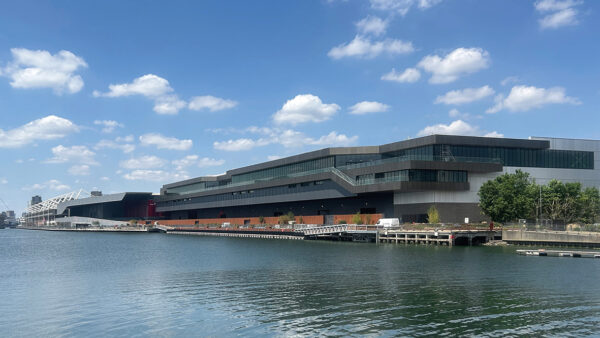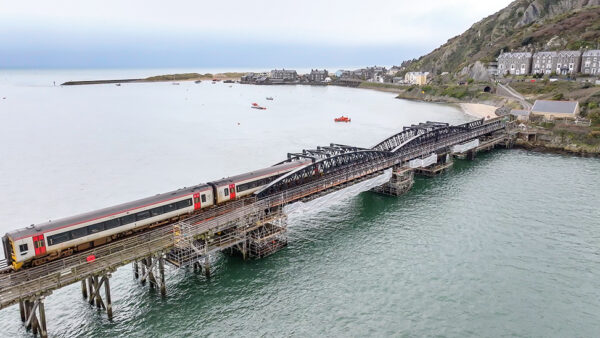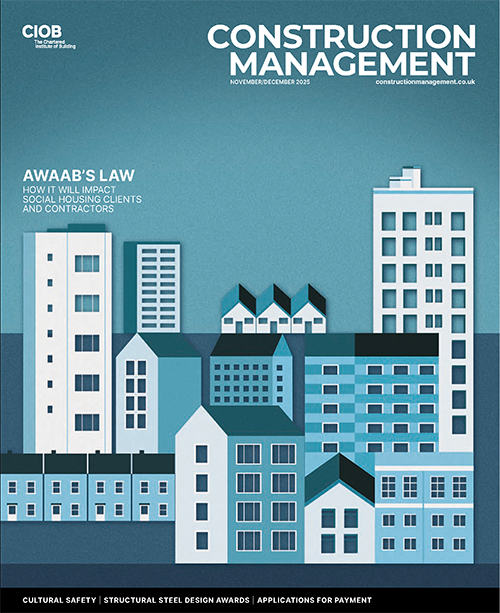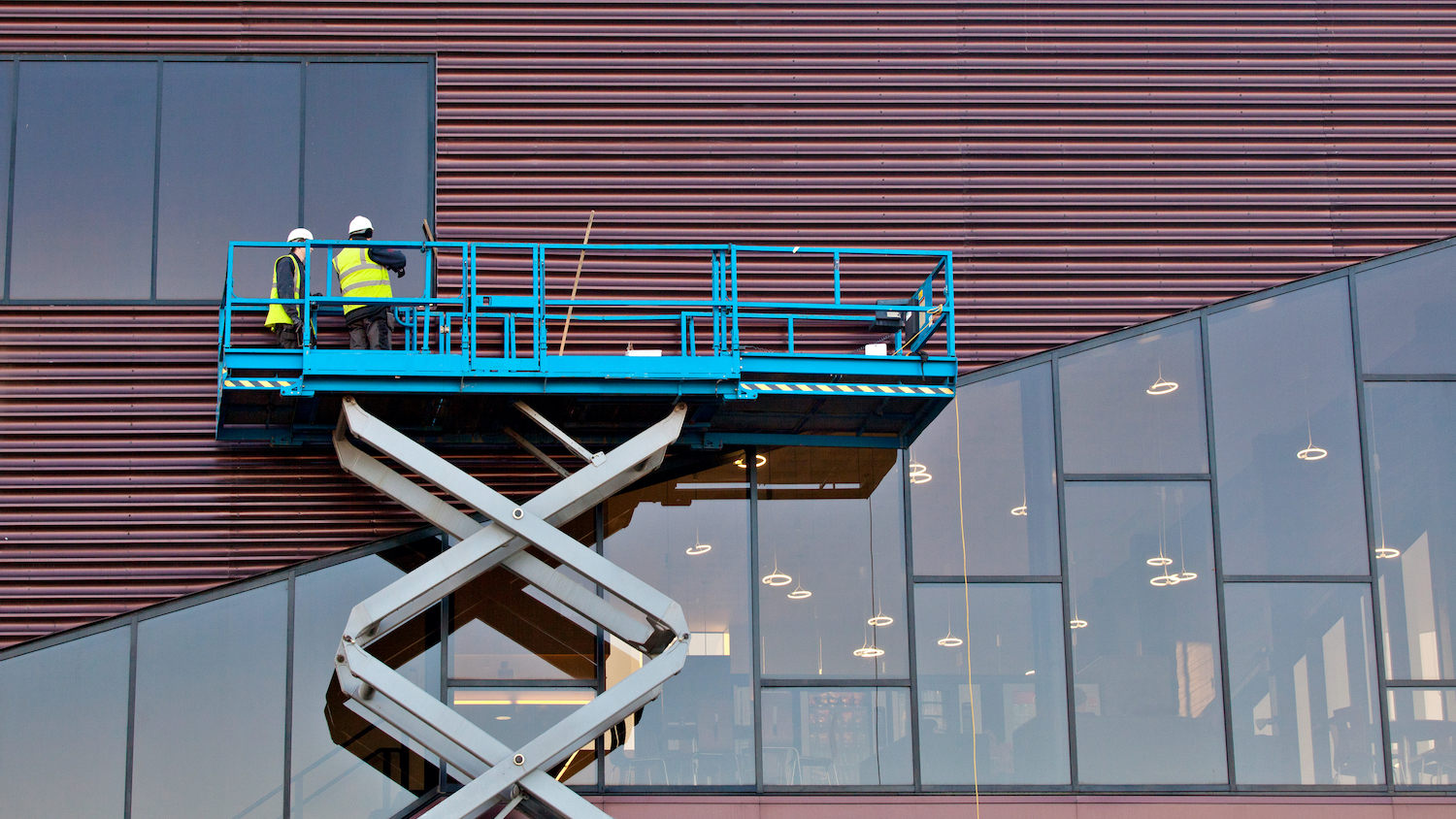In the second article in his series, the Considerate Constructors Scheme’s Alex Minett looks at how construction project managers can implement continuous improvement in health and safety on site.
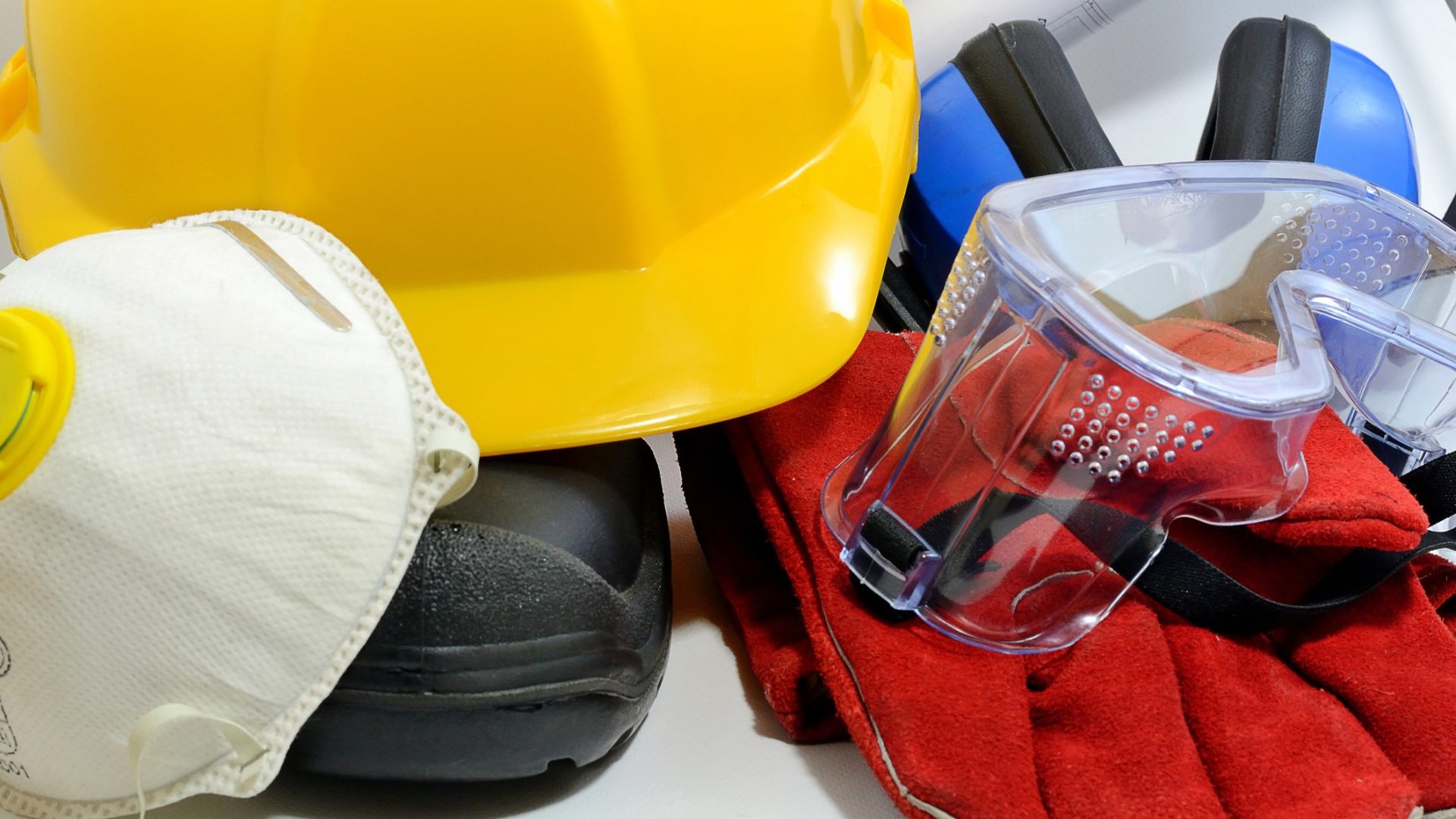
Health and safety in construction is grounded in key UK laws such as the Health and Safety at Work Act 1974 (HSWA) and the Construction (Design and Management) Regulations 2015 (CDM 2015), but simply meeting legal requirements is not enough. At the Considerate Constructors Scheme (CCS), our 10,000+ annual site visits give us first-hand understanding of real workplace conditions.
While some construction sites are making notable progress and surpassing minimum safety standards, worryingly, many workers still express concerns about their safety.
This article supports Q3.2.3 of the Considerate Constructors assessment: “How is the registered activity embedding a culture of continuous improvement in health and safety performance?”
The latest Health and Safety Executive (HSE) figures for 2023/24 highlight the ongoing risks, with the construction industry reporting a significant number of work-related fatalities. Alarmingly, over 50% of these deaths result from falls from height.
Beyond these tragic losses, workplace injuries remain persistently high, leading to an estimated 420,000 lost working days over the past three years and costing the economy £1.4 billion. These figures highlight the urgent need for the industry to adopt a more proactive approach to health and safety.
Leadership driving positive change
A strong safety culture starts at the top. Leaders, whether employers, contractors, or developers, play a vital role in promoting an environment where safety is prioritised alongside efficiency and productivity. The Building Safety Act 2022 reinforces this responsibility by placing greater accountability on dutyholders to ensure safer practices across the industry.
To create a safer working environment, leaders should:
- Champion safety as a core value, not just a compliance requirement.
- Encourage open dialogue, ensuring workers feel comfortable reporting risks.
- Participate in regular safety checks and risk assessments to maintain high standards.
- Invest in training and high-quality protective equipment to keep workers safe.
- Prioritise mental wellbeing, recognising that a healthy workforce is a safer and more productive one.
These steps not only help to boost worker confidence and reduce absenteeism, they can also enhance overall project outcomes.
Best practices in action
Going beyond compliance means looking for smarter ways to reduce risks and enhance safety. Many innovative safety initiatives from Considerate Constructors Scheme members are already making a positive impact.
Morgan Sindall has devised a skylight protection system for enhanced visibility and fall prevention. Skylights pose a serious risk to operatives working at height, particularly as weathering can cause them to crack and become brittle, turning them into serious fall hazards.
To mitigate this, Morgan Sindall Construction & Infrastructure has introduced SkyAngel – an innovative skylight protection system. Made from lightweight, durable, and fully recyclable UPVC, the brightly coloured SkyAngel enhances visibility and helps to prevent falls.
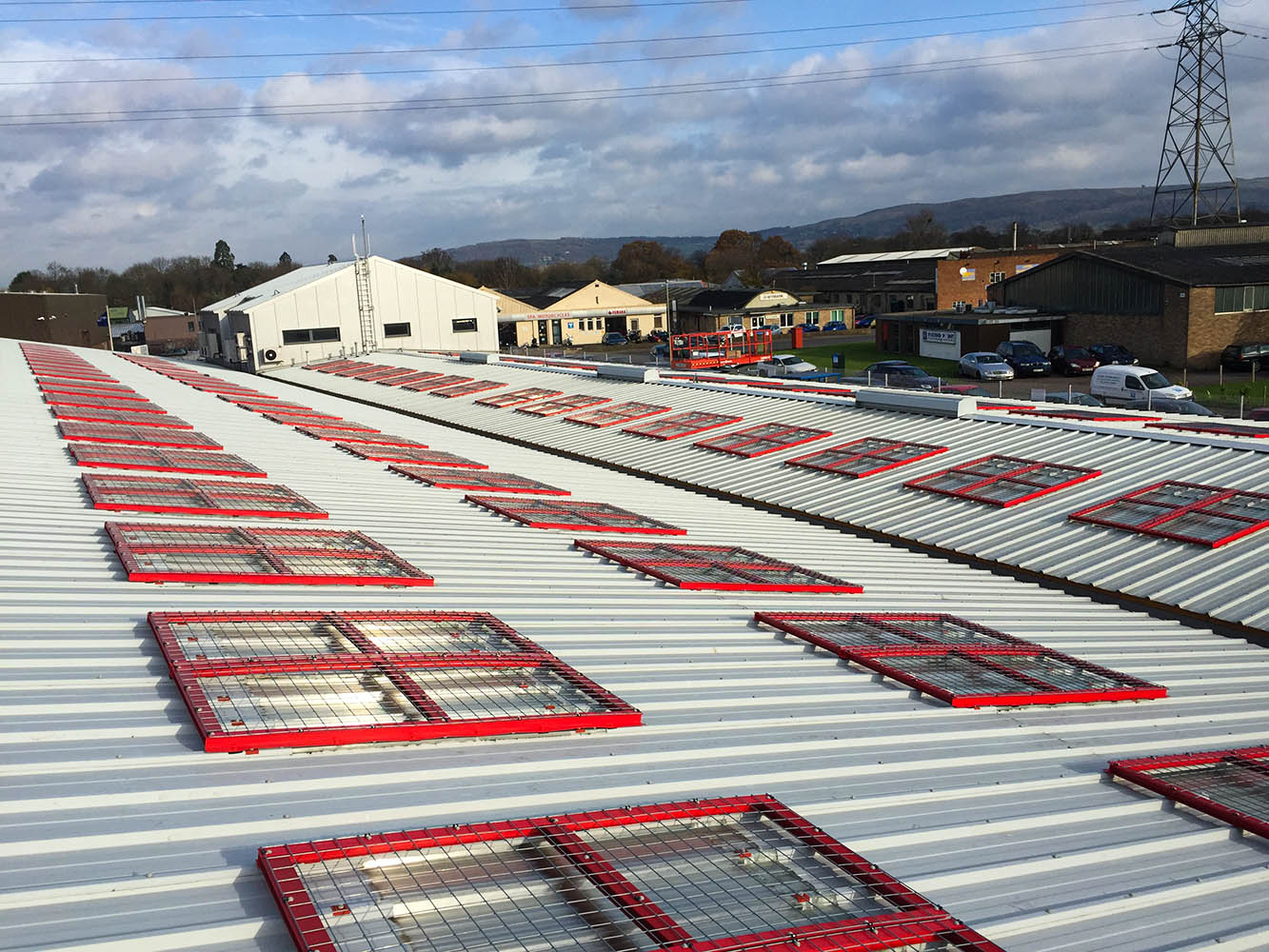
Balfour Beatty Vinci Joint Venture has developed a geotextile installation device for improved safety and efficiency. The Terram Pram, a soon-to-be patented mobile device, is designed to streamline geotextile installation while reducing risks.
By eliminating the need for workers to bend or manually kick rolls into place, the Terram Pram is more ergonomic and minimises slips, trips, and falls. Its efficient, user-friendly mechanism makes it ideal for the installation of long runs of geotextile, enhancing both productivity and safety.
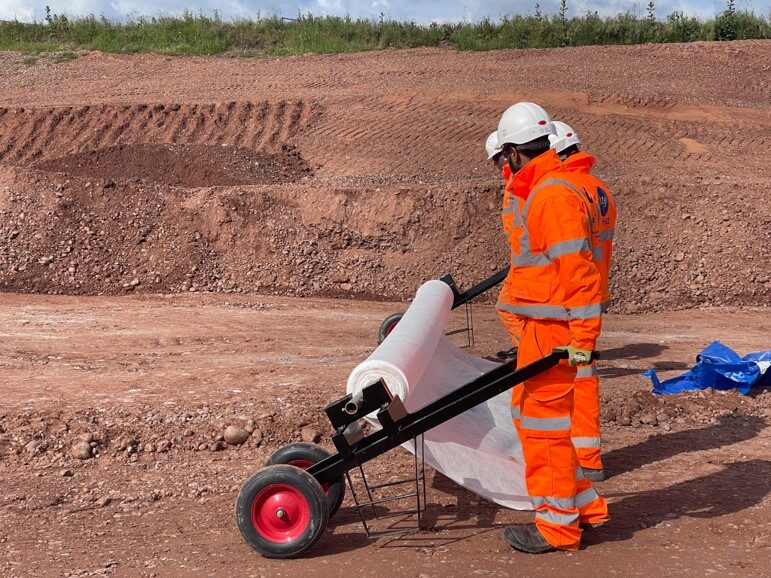
Mace has introduced narrated safety alerts for neurodiverse workers. The company distributes weekly “lessons learned” and safety outcomes across the business to drive continuous improvement in the industry. These communications highlight recent activities, share best practices, and provide guidance on preventing near misses.
To enhance accessibility, Mace has introduced a narrated system based on internal workforce feedback. This allows employees to engage with safety learnings in a way that best suits them – whether reading or listening. Each lesson is narrated by relevant health and safety personnel and shared across the wider construction team, ensuring that everyone can absorb the information in their preferred format.
All safety briefings are archived online, enabling team members to revisit them at any time, ensuring no one misses out on critical safety insights.
A collective effort for a safer future
The construction industry is evolving, with increased demand for infrastructure and housing. As we build for the future, we must ensure health and safety remains at the forefront of every decision. Health and safety must never be seen as an obstacle to progress but rather the foundation of sustainable and responsible growth.
Alex Minett is chief strategy and risk officer at the Considerate Constructors Scheme.
About the CCS
The organisation has worked with the construction industry and the public for the last 30 years to raise building standards, build trust in construction and hold the industry to account. Its Code of Considerate Practice aims to ensure that construction companies operate with integrity, create a supportive, inclusive, and healthy workplace, positively engage with the public and communities they operate in and minimise their impact on the environment.
In 2024, almost £219bn of construction activity across more than 7,626 sites, suppliers and organisations was registered with the CCS and 8,217 monitoring visits to sites took place.






